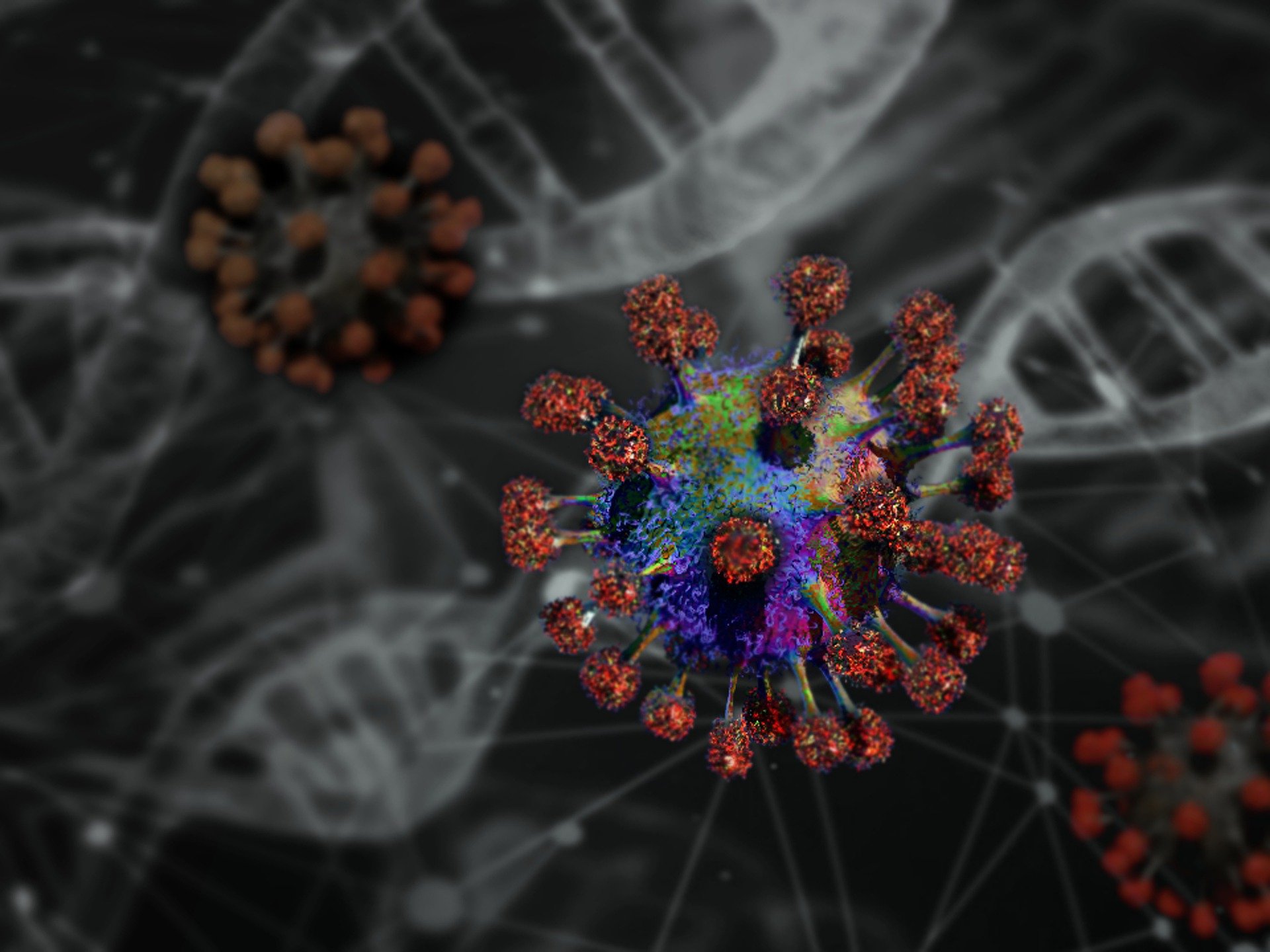Views expressed in opinion columns are the author’s own.
Congratulations to all of us on making it to week three of quarantine. I mean it. For the past several weeks, we’ve been witnessing an acceleration of reported COVID-19 cases in the United States. As a growing number of us are stuck indoors for the foreseeable future, it’s easy to feel as if we’re fighting through the days alone. Human connection is necessary to combat loneliness, but how can we show up for each other when we have to stay apart?
While we can’t all uselessly sing “Imagine” from our mansions, one of the ways that we can find human connection, while also making a real impact, is by starting, joining or supporting local mutual-aid networks.
Mutual-aid networks are non-hierarchical networks of people who help community members in need. They are based on the idea of solidarity, not charity. Mutual-aid networks themselves are not new, but the COVID-19 crisis has inspired the formation of a large number of mutual-aid projects across the nation in order to respond to the needs of those left behind by the slow government response to this crisis.
Mutual-aid projects have raised funds for vulnerable people, delivered groceries and medications to the elderly and immunocompromised and established hotlines for those in need, among many other things. In Washington, D.C., mutual-aid networks are organizing themselves by ward or neighborhood to provide crucial support to one another. These networks are a powerful way for us to connect with and support one another through this pandemic.
If you’re in the D.C. area, you have plenty of existing networks to choose from. No matter what your capacity is, if you are willing and able to help, there is something for you to do. Members of a mutual-aid group I recently joined have been making their own masks, delivering groceries and other essential supplies, writing letters to home-bound people, translating information documents into other languages and organizing remote mental health support for those struggling to cope with this crisis.
Personally, I’ve assisted in translation projects and in community organizing efforts from home, without putting my family at risk of infection. And if you can’t lend time but are able to lend money, searching up mutual-aid funds near you is worthwhile. A quick Google or Facebook search should tell you if your area has a mutual-aid network already set up and from there, you can connect.
In case you can’t find any mutual-aid networks near you, it’s also not too difficult to start one yourself. Find ways to reach out to your neighbors — without physical contact — and ask if anyone would be willing to help organize community support initiatives. This excellent guide to pod-mapping is especially helpful with maintaining trust and accountability among members as the group expands. The idea is to build ties with those in our immediate communities in order to identify needs, gauge capacity and coordinate help on a voluntary basis. Simply getting some neighbors together to help deliver groceries or retrieve prescriptions for those who cannot leave their homes is one way to start such a network. By reaching out to those immediately around us, whether they’re strangers or not, we can find the unity and strength to overcome this crisis together.
The damage done by COVID-19 will continue to upend our lives, but that’s exactly why we should start turning to each other and engaging in mutual aid. Yes, social distancing is isolating, but there are ways we can still make human connections while looking after our own health and well-being. It goes without saying that I don’t recommend putting yourself in harm’s way if you’re uncomfortable or at-risk, but there are definitely ways to help remotely if you’re willing and able to do so. Let’s gather the strengths and skills we’ve always had and use them to uplift one another, even from far away.
Caterina Ieronimo is a sophomore government and politics major. She can be reached at ieronimocaterina@gmail.com.



